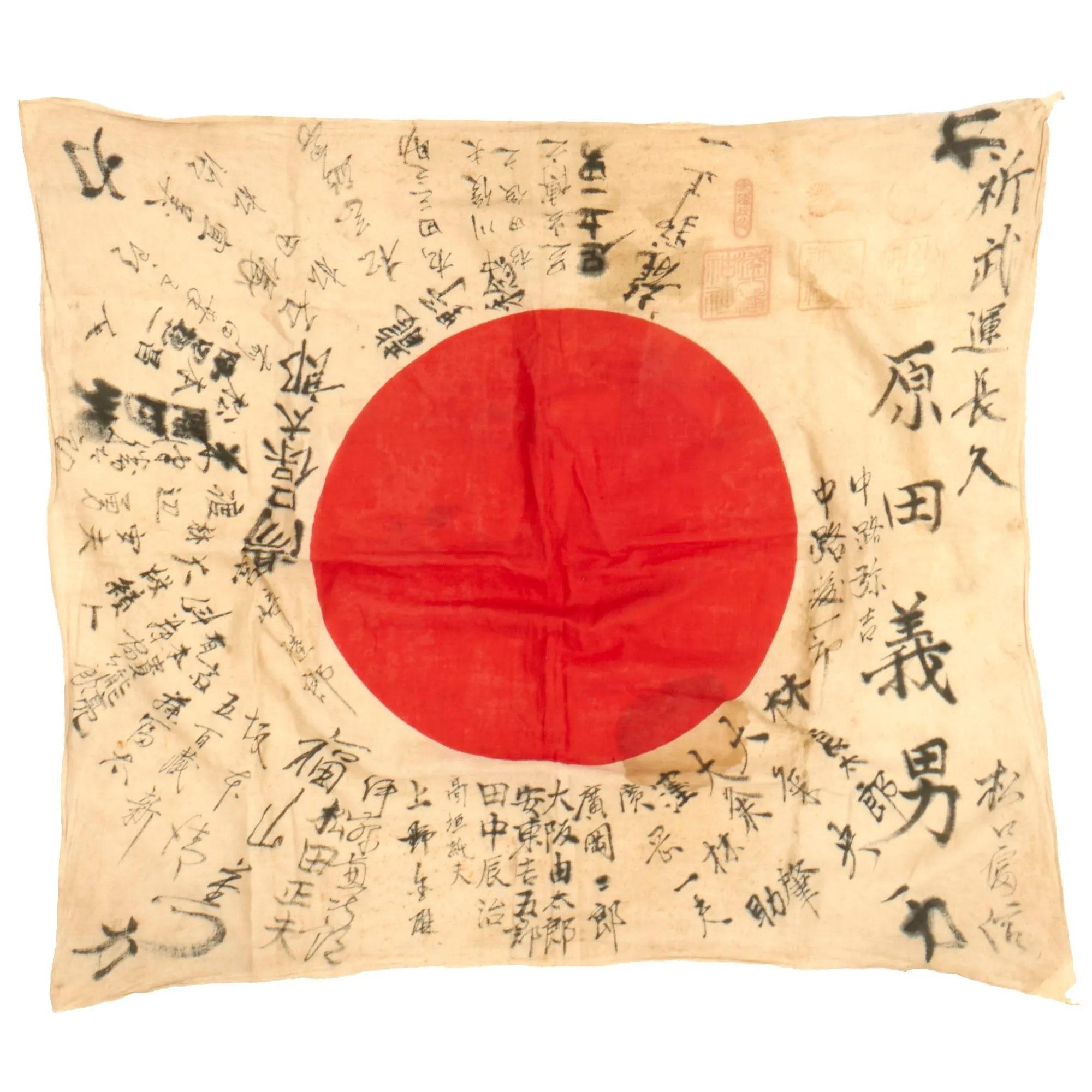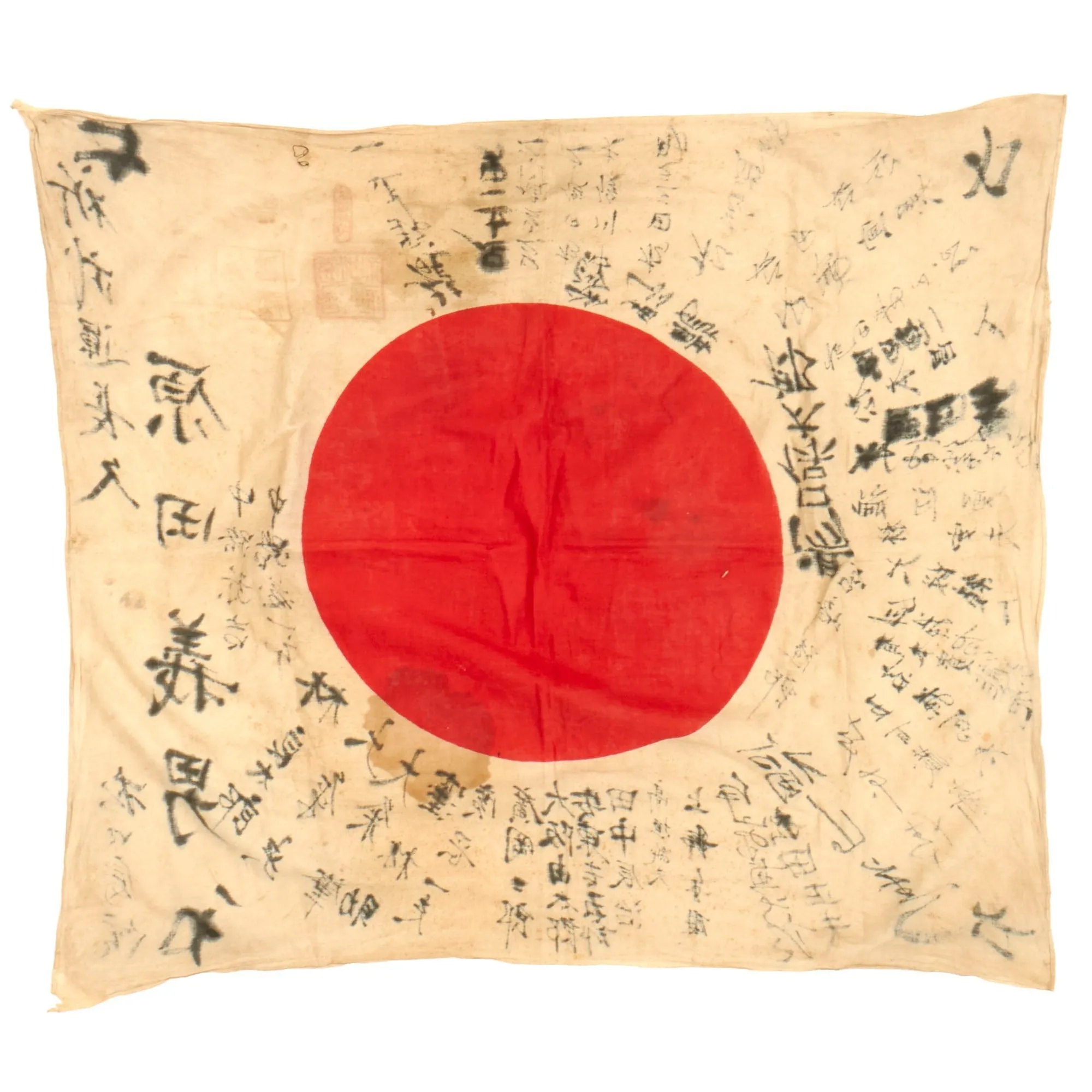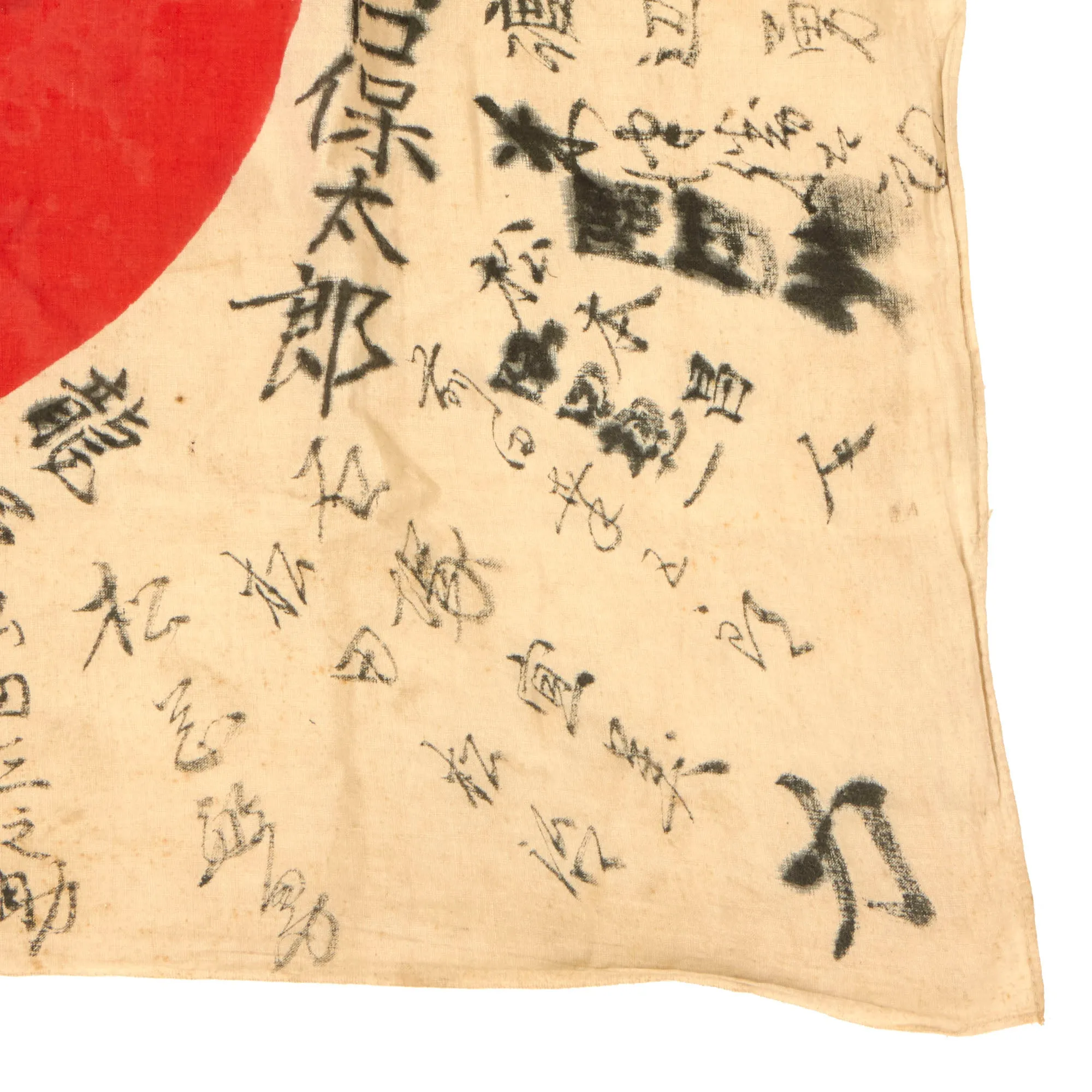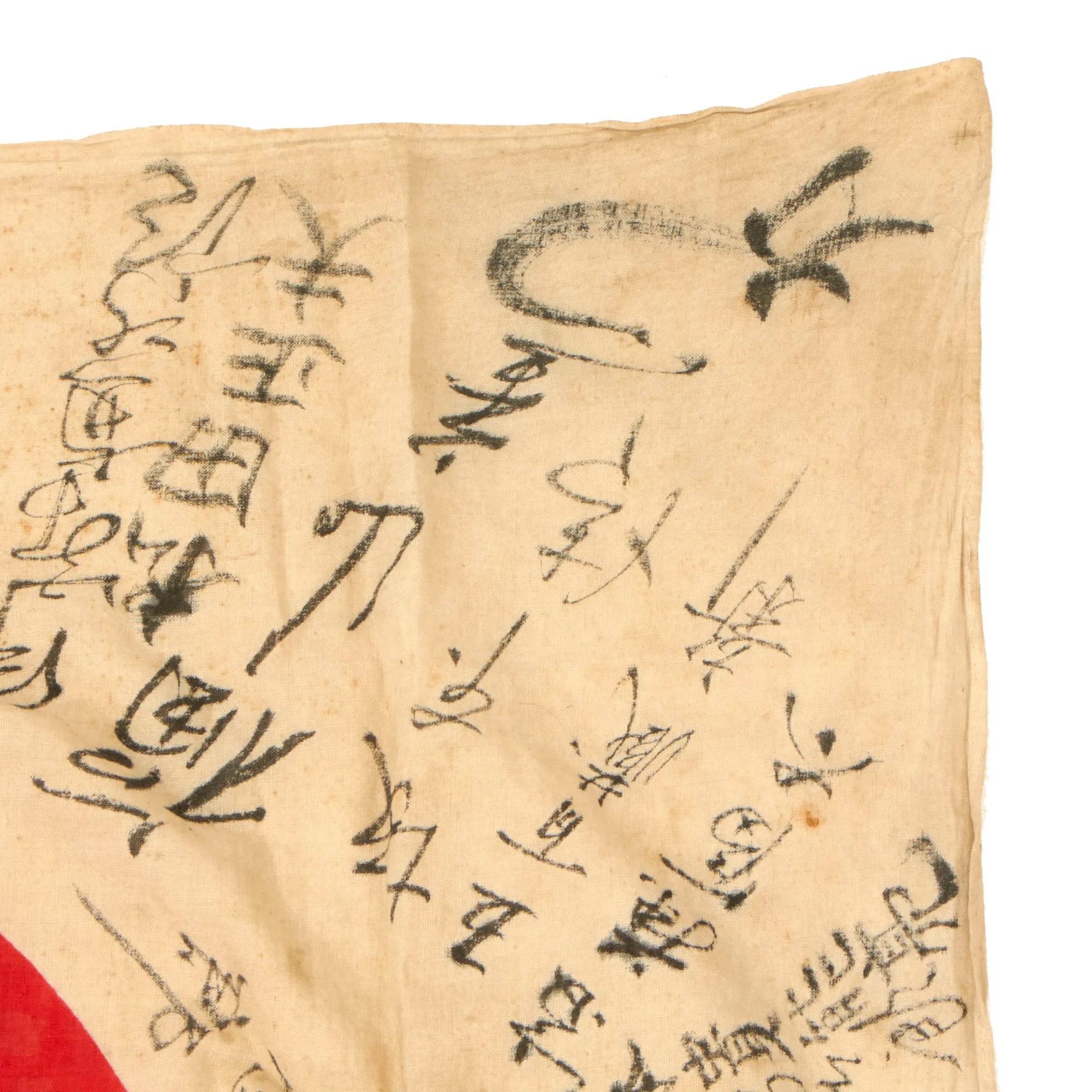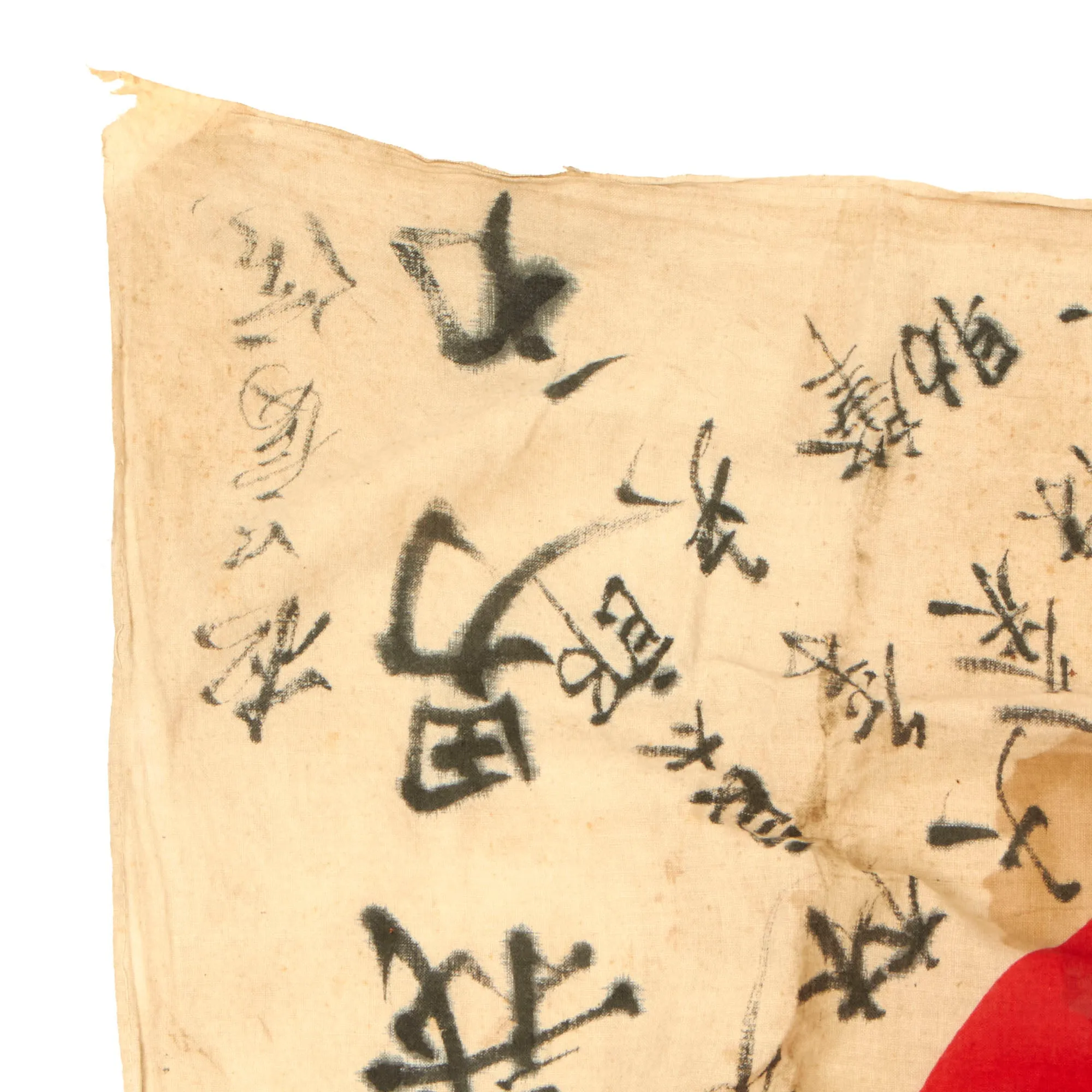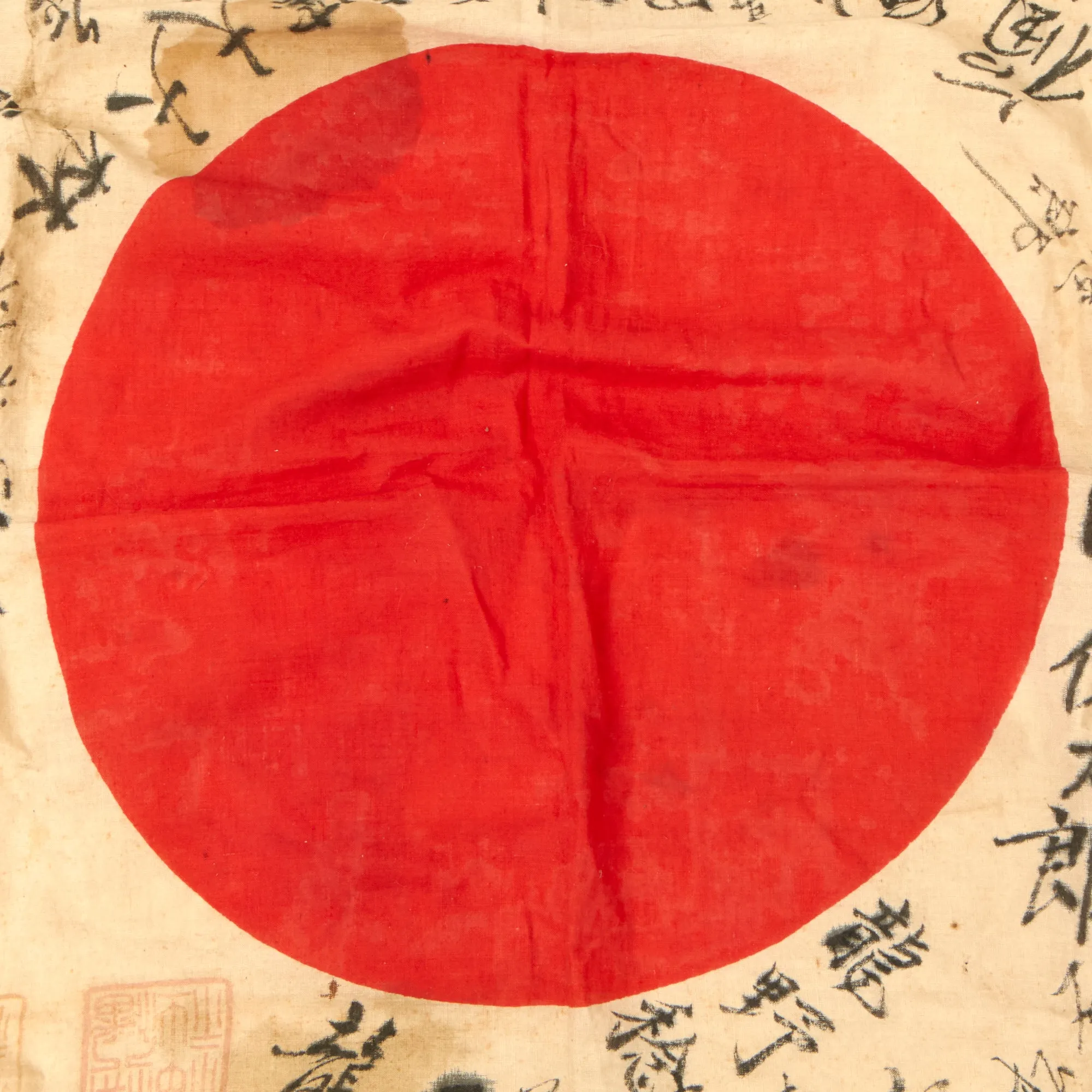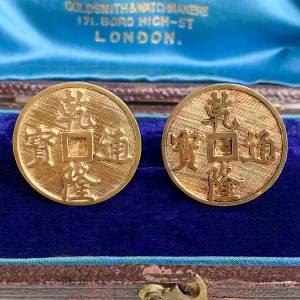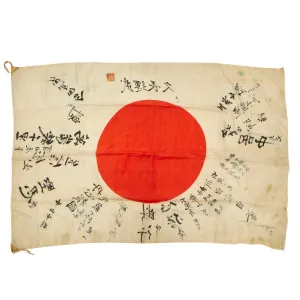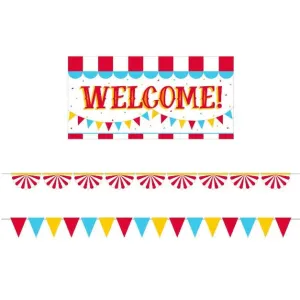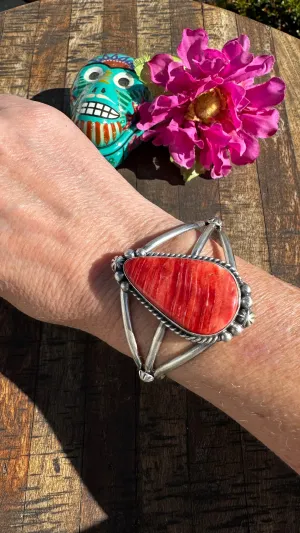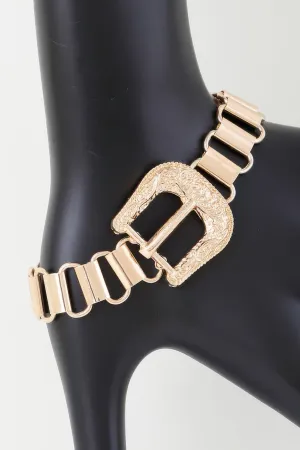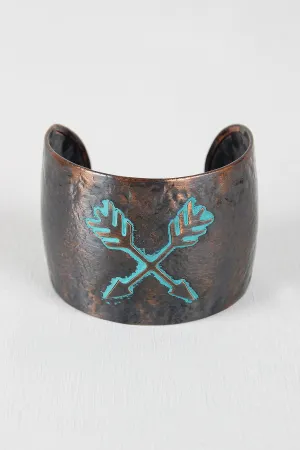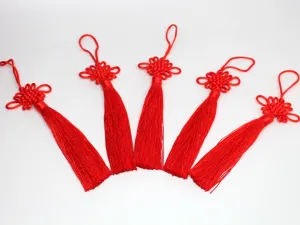Product Details
+Original Item: One-of-a-kind. Just purchased from a large military auction. This hand painted cloth flag is marked with battle quotes such as "Banzai", and "Good Luck for Bravery". It is also marked with three different "temple stamps" in the upper right corner. These stamps are only seen on a minority of these flags, and definitely add to the appeal.
As with many good luck flags, the flag is marked with the Japanese phrase 祈 武 運 長 久, which reads Bu un Chou kyu Inoru ("A prayer that your military fortunes be long lasting”), which is located in the upper right. The line next to the left may be a name, but we were not able to translate it accurately: 原国義男. We believe it may say something like “conquer vast countries” or something similar. There are also 力 (Chikara or Power) characters at the four corners of the flag.
It is also signed with the names of many friends and family, radiating out from the center, and in various different styles of writing.. The flag measures approximately 28" x 31", and is made of what appears to be made from light canvas or possibly muslin, with the red "sun" dyed into the middle. It shows staining and overall age toning, and definitely doesn’t look like a flag that spent its life in a drawer. Overall the flag is lovely and is the real deal: a genuine USGI "bring back"!
The writing is still clearly legible, and this would make a fine display piece for a wall or glass table, or even a translation project. This flag does not have any corner ties or reinforcements, and does not appear to have been made with them.
Ready to display!
The Good Luck Flag, known as hinomaru yosegaki (日の丸 寄せ書き) in the Japanese language, was a traditional gift for Japanese servicemen deployed during the military campaigns of the Empire of Japan, though most notably during World War II. The flag given to a soldier was a national flag signed by friends and family, often with short messages wishing the soldier victory, safety, and good luck.
The Japanese call their country's flag hinomaru, which translates literally to "sun-round", referencing the red circle on a white field. When the hinomaru was signed, the Japanese characters were usually written vertically, and radiated outward from the edge of the red circle. This practice is referenced in the second term, yosegaki, meaning "sideways-writing". The phrase hinomaru-yosegaki can be interpreted as "To write sideways around the red sun", describing the appearance of the signed flag. This particular example completely unique is written in old KANJI the writing are mainly Japanese names of this soldier's family and friends with quotes and phrases.




